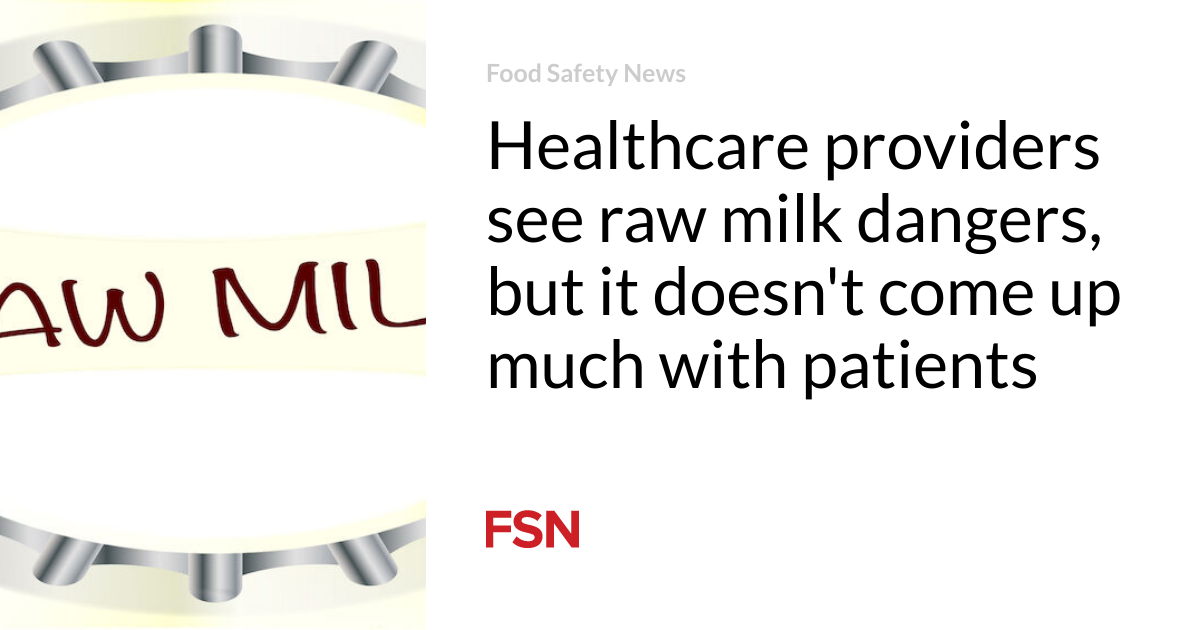Summary
With the avian influenza virus added to the long list of dangerous pathogens, raw milk is riskier than ever. That reality is well known to the nations
Source: Food Safety News

AI News Q&A (Free Content)
Q1: What are the main risks associated with the consumption of raw milk?
A1: The consumption of raw milk poses several health risks, including the potential for foodborne illnesses such as E. coli, Salmonella, and Listeria. These pathogens can cause symptoms like nausea, diarrhea, vomiting, and more severe illnesses, including Guillain-Barré syndrome and hemolytic uremic syndrome, which can result in paralysis and kidney failure respectively.
Q2: How has the emergence of the HPAI virus in dairy cattle affected the safety of raw milk?
A2: The emergence of the highly pathogenic avian influenza (HPAI) A(H5N1) in U.S. dairy cattle has increased concerns about raw milk safety. Infected cattle can shed the virus in their milk for up to three weeks, potentially contaminating milk supplies and increasing the risk of transmission through raw milk consumption.
Q3: What regulations exist in the United States concerning the sale of raw milk?
A3: In the United States, the sale of raw milk is regulated at the state level, with significant variation in laws. Some states allow the sale of raw milk with specific regulations, while others prohibit it entirely. The FDA and CDC recommend against consuming raw milk due to the associated health risks.
Q4: What are some common misconceptions about the health benefits of raw milk?
A4: Proponents of raw milk often claim benefits such as improved nutrition and immune system support. However, scientific evidence does not support these claims, and health organizations emphasize the risks over any purported benefits.
Q5: What measures can be taken to reduce the risks associated with raw milk consumption?
A5: To reduce risks, it is advised to consume pasteurized milk, which has been heat-treated to kill harmful pathogens. For those who choose to consume raw milk, boiling it before consumption can also mitigate some risks by killing potential bacteria.
Q6: How does the avian influenza virus spread in dairy farms, and what measures are in place to control it?
A6: The avian influenza virus spreads in dairy farms primarily through contaminated milk and milking procedures, as well as cattle movement and shared equipment. To control its spread, strict movement controls, mandatory testing, and enhanced biosecurity protocols have been implemented.
Q7: What are the implications of raw milk consumption for vulnerable populations?
A7: Vulnerable populations, such as pregnant women, children, the elderly, and immunocompromised individuals, are at higher risk of severe illnesses from raw milk consumption. Health authorities strongly recommend these groups avoid raw milk and opt for pasteurized products to ensure safety.
References:
- Page: Raw milk", "Published: 2025-07-03





